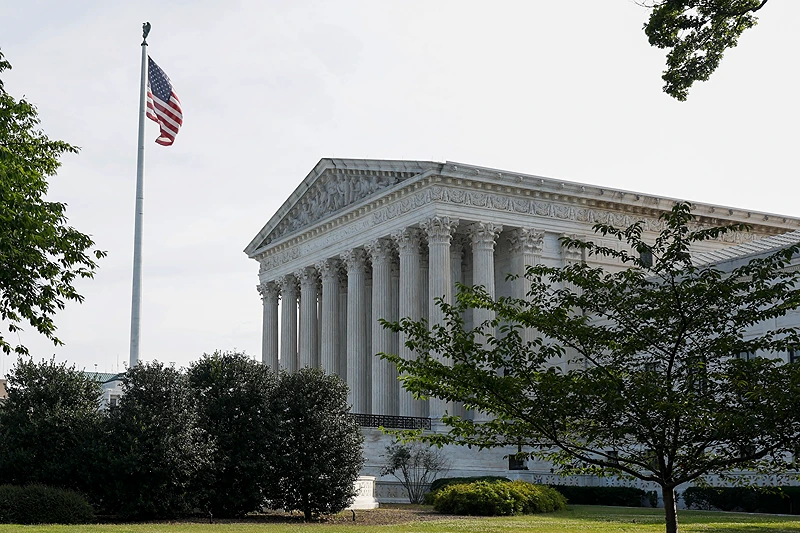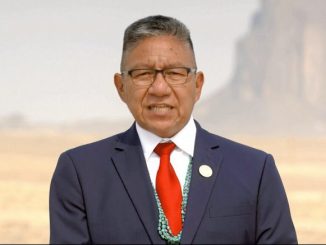

OAN’s Brooke Mallory
1:33 PM – Monday, June 26, 2023
On Monday, the Supreme Court ruled that the Louisiana congressional map may be redrawn to include another majority-Black district.
Advertisement
When lawmakers failed to achieve an agreement on a new map last year, the courts were ready to take over. The justices abandoned their preparations to hear the case themselves and lifted a hold on a lower court’s decision for a revamped redistricting plan.
The decision by the Supreme Court follows a ruling earlier this month by the justices on Alabama’s congressional maps, which upheld how courts have historically approached the redistricting provisions in the Voting Rights Act, the landmark civil rights law that Black voters are using to challenge the Louisiana congressional plan.
The ruling now reportedly enhances the chances of Democrats gaining a House seat in the 2024 elections.
Although Black Americans make up about one-third of Louisiana’s population, only one of the state’s six congressional districts is majority-black, the 2nd Congressional District, which has a 62% Black population and is represented by Democrat Congressman Troy Carter.
Louisiana Republicans had worked to override the veto which pushed the current map through by term-limited Democrat Governor John Bel Edwards, who claimed that the apportionment diminished the voting power of Black residents.
The 5th U.S. Circuit Court of Appeals in New Orleans was preparing to reconsider the lower court ruling when the Supreme Court intervened in June 2022, halting the process until after the midterm elections.
According to FiveThirtyEight, that plan also had five Republican districts and one Democratic district.
However, a redesigned congressional map may cause serious problems for Rep. Garret Graves (R-La.), one of House Speaker Kevin McCarthy’s (R-Calif.) top allies who was essential in debt ceiling discussions with the White House. According to the Cook Political Report, his district, which includes much of Baton Rouge and its suburb areas, is being labeled a “toss-up” in 2024.
Regarding the Alabama case, Chief Justice John Roberts took the lead and wrote for the court’s 5-4 majority, saying that a voting district “is not equally open … when minority voters face — unlike their majority peers — bloc voting along racial lines, arising against the backdrop of substantial racial discrimination within the State, that renders a minority vote unequal to a vote by a nonminority voter.”
The high court also determined that Alabama’s map “likely” met the three legal requirements, the minority group was “sufficiently large and [geographically] compact,” “politically cohesive,” and the white majority “votes as a bloc to sufficiently… defeat the minority’s preferred candidate.”
Stay informed! Receive breaking news blasts directly to your inbox for free. Subscribe here. https://www.oann.com/alerts






Be the first to comment